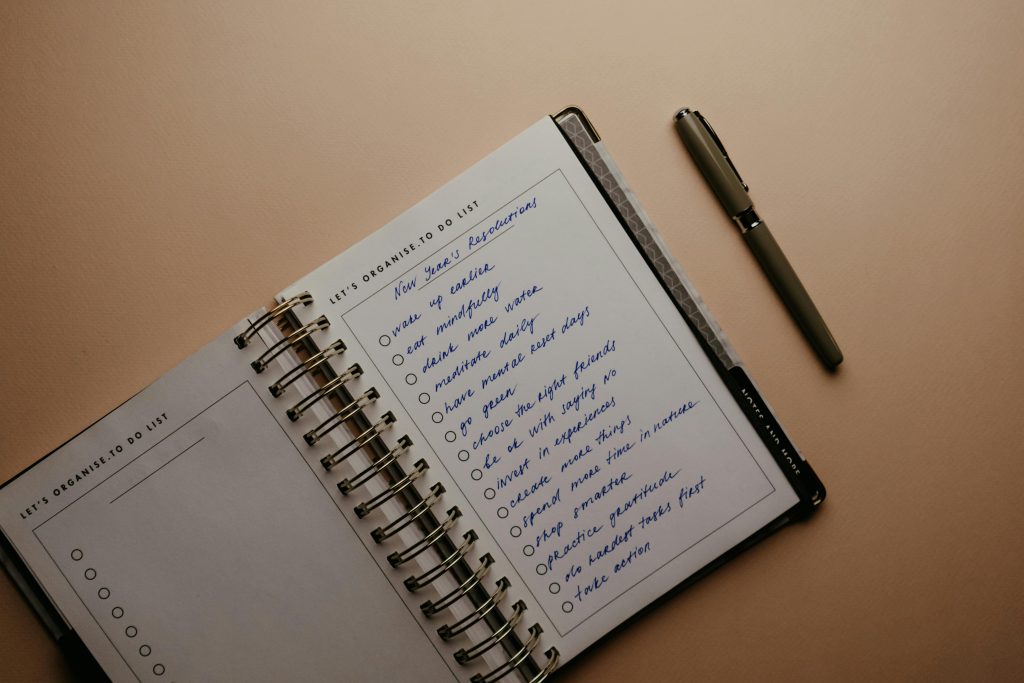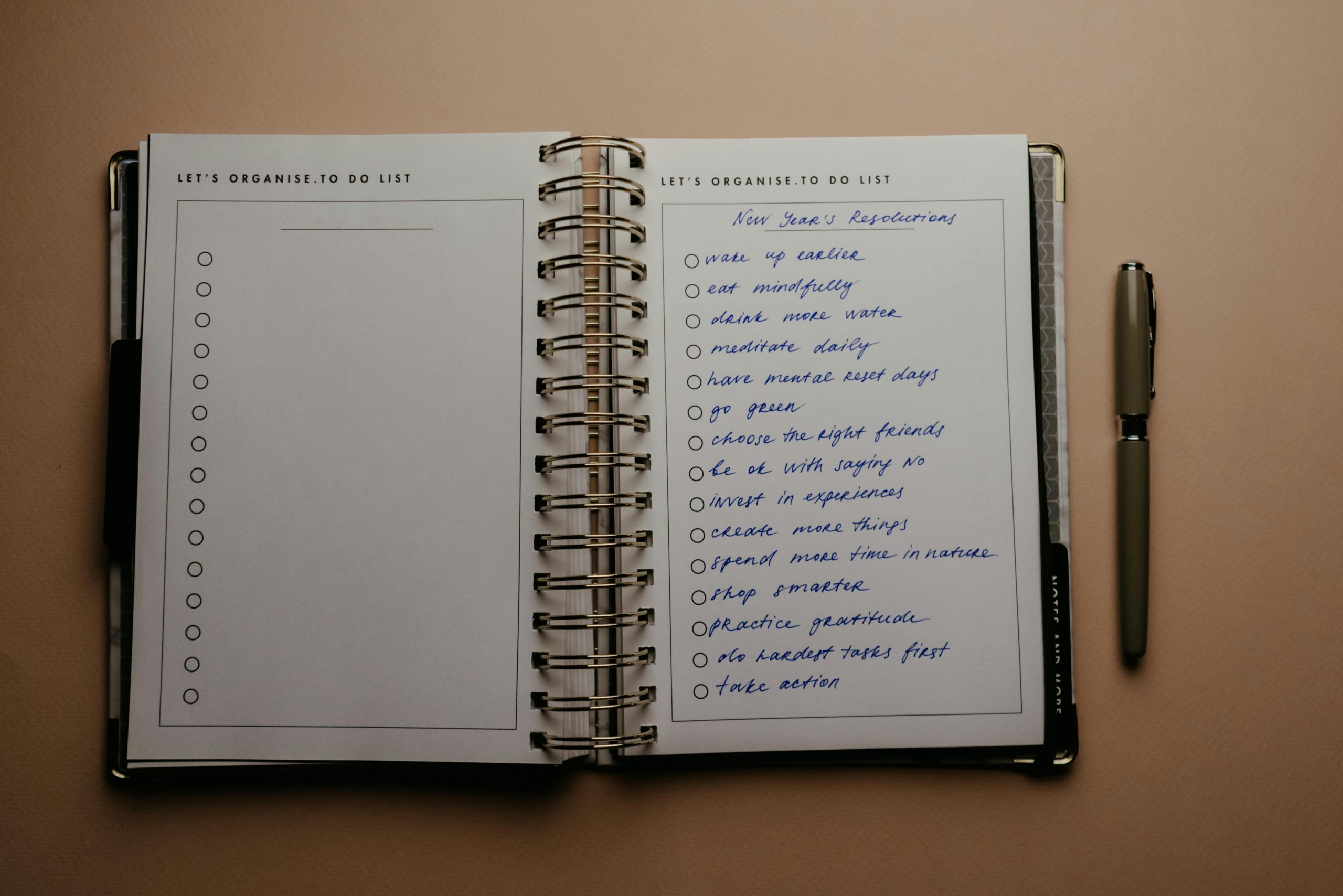Journaling isn’t just a nostalgic diary habit—it’s a transformational tool for self-discovery. By putting your thoughts, emotions, and observations into words, you externalize the invisible patterns that drive your behavior. Over time, a consistent journaling practice illuminates hidden beliefs, clarifies values, and reveals the narratives that shape your decisions. Whether you’re navigating a major life transition, wrestling with recurring anxiety, or simply striving to understand yourself better, journaling provides a structured yet flexible space to explore your inner landscape. In this detailed guide, we’ll cover the science behind why writing works, explore multiple journaling methods, offer prompts and real-world examples, and outline a practical roadmap for making journaling an essential part of your self-growth journey.

Why Writing Sparks Self-Discovery
1. From Chaos to Clarity
Your mind is a whirlwind of thoughts, emotions, and sensory data—often racing faster than you can process. Journaling acts as a “mental download,” slowing down racing ideas and giving them shape on the page. As you write:
- You pause the internal monologue, creating psychological distance from your thoughts.
- Recurring themes—fears, limiting beliefs, longings—become obvious when they appear across entries.
- Ambiguous feelings solidify into words, letting you analyze them rather than react unconsciously.
Analogy: Think of journaling as untangling a knotted ball of string. Each sentence pulls apart one loop at a time, until the whole pattern becomes clear.
2. Engaging the Brain’s Reflective Networks
Neuroscience shows that narrative writing activates the default mode network (DMN)—the brain’s introspective hub involved in self-reflection, memory consolidation, and future planning. When you journal:
- Memory pathways link experiences to meaning, strengthening insights.
- Emotional regulation centers (prefrontal cortex, amygdala) synchronize, reducing rumination and anxiety.
- Creative connections emerge as disparate ideas converge in a free-flowing narrative.
3. Tracking Growth Over Time
A daily or weekly writing habit builds a chronological record of your inner journey. By reviewing past entries, you can:

- Celebrate progress in emotional healing, habit formation, or goal achievement.
- Identify triggers for stress, creative blocks, or negative moods.
- Refine intentions and adapt strategies based on real feedback from your own words.
Three Powerful Journaling Methods
No single style fits everyone. Experiment to find the approach that feels both natural and challenging.
Free-Writing (Stream-of-Consciousness)
What it is: Unfiltered writing for a set duration (e.g., 10 minutes), with no concern for grammar or structure.
Why it works: Frees subconscious material from the mind’s “editor,” uncovering thoughts you didn’t know were there.
How to do it:
- Set a timer for 5–20 minutes.
- Write continuously—even if you repeat “I don’t know what to say.”
- When you hit a blank, keep writinganything that comes to mind.
Example Entry Excerpt:
“I woke up feeling… heavy? My shoulders are tight even though I’m sitting still. Why does this week feel so overwhelming? Gym felt impossible yesterday, but coffee felt essential…”
Prompted Journaling
What it is: Responding to specific questions designed to probe emotions, values, and experiences.
Why it works: Offers structure, guiding you to reflect on topics you might otherwise avoid.
Sample Prompts:
- “What belief about myself no longer serves me?”
- “Describe a moment in the past month when you felt truly alive—what made it special?”
- “List three boundaries you wish you had enforced last week and why.”
Expert Insight: Studies show that responding to targeted questions enhances depth of reflection and leads to measurable improvements in well-being.
Thematic or Reflective Journaling
What it is: Dedicating each session to a theme—gratitude, relationships, career, or a specific emotion.
Why it works: Enables deep dives into one aspect of your life, producing actionable insights.
How to do it:
- Choose a theme (e.g., “Fear of failure”).
- Write about experiences, beliefs, and physical sensations related to that theme.
- Conclude with an action step: “This week, I will challenge my fear by….”
Real-World Example:
A startup founder focused on “imposter syndrome” for five sessions. By the end, she identified key triggers—client calls and investor pitches—and created a simple pre-call affirmation ritual that reduced her anxiety by 30%.
Structuring a Sustainable Practice

1. Pick Your Medium
- Paper Notebooks: Tangible, free from notifications, fosters deeper focus.
- Digital Apps: Searchable, with prompts and reminders (e.g., Day One, Journey).
- Voice Memos: For moments when typing isn’t feasible—later transcribe for reflection.
2. Establish a Routine
- Anchor to an Existing Habit: Journal right after your morning coffee or before brushing your teeth at night.
- Micro-Sessions: Even 3–5 minutes daily trumps sporadic 30-minute marathons.
- Set Reminders: Calendar alerts or app notifications keep you on track.
3. Embrace Imperfection
- No Self-Censorship: Mistakes, messy handwriting, or incomplete sentences are part of the process.
- Allow Skipped Days: Missing one entry isn’t failure—just pick up where you left off.
4. Regularly Review and Reflect
- Weekly Check-In: Skim the past week’s entries, highlight insights, adjust prompts.
- Monthly Spotlight: Identify emerging patterns or recurring challenges.
- Quarterly Retrospective: Celebrate breakthroughs and reset intentions.
Deepening Your Journaling Practice
Integrate Mindfulness
After writing, close your eyes and pause to notice how your body feels. Are there areas of tension? Emotions lingering? This mind-body check enhances embodiment of insights.
Use Art and Metaphors
Pair writing with quick sketches, mind maps, or symbolic doodles. Visual elements engage the right brain and often reveal intuitive connections that words alone miss.
Conduct Inner Dialogues
Write conversations between parts of yourself—“The Planner” vs. “The Procrastinator” or “The Critic” vs. “The Dreamer.” These dialogues surface internal conflicts and potential resolutions.
Overcoming Common Pitfalls
| Pitfall | Solution |
|---|---|
| “I don’t know what to write” | Switch to a new prompt or free-write about your physical state (“My feet feel…”). |
| Perfectionism | Allow “brain dump” entries; edit later if desired. |
| Skipping entries | Tie journaling to a daily habit (e.g., after brushing teeth). |
| Privacy concerns | Keep journals locked or use password-protected apps. |
Real-Life Transformations

- Career Pivot Clarity: A marketing manager journaled weekly prompts about purpose and strengths. Within three months, she discovered a passion for data analytics and successfully transitioned roles.
- Anxiety Management: A college student used nightly reflective journaling to externalize exam fears. Over a semester, she saw her test anxiety scores drop by 40% (self-reported), correlating with improved sleep.
- Creative Breakthrough: A writer struggled with plot development. By free-writing morning pages daily, she unearthed a subplot that revitalized her novel and overcame writer’s block.
Case Study: A leadership coach reports that clients who journal consistently rate their self-awareness 25% higher after six weeks, leading to more intentional career decisions and reduced burnout.
Conclusion
Journaling is a dynamic pathway to self-discovery, offering a mirror into your thoughts, emotions, and patterns. By externalizing your inner dialogue, engaging the brain’s reflective networks, and tracking growth over time, you can cultivate clarity, resilience, and purpose. Whether you choose free-writing, prompt-driven sessions, or thematic deep dives, the key is consistency, curiosity, and compassion for your own process. Start today—pick a prompt, set a timer, and let your pen uncover the insights waiting within. Over weeks and months, you’ll find that the simple act of writing becomes a catalyst for profound self-understanding and lasting personal growth.

Leave a Reply